Back to Courses
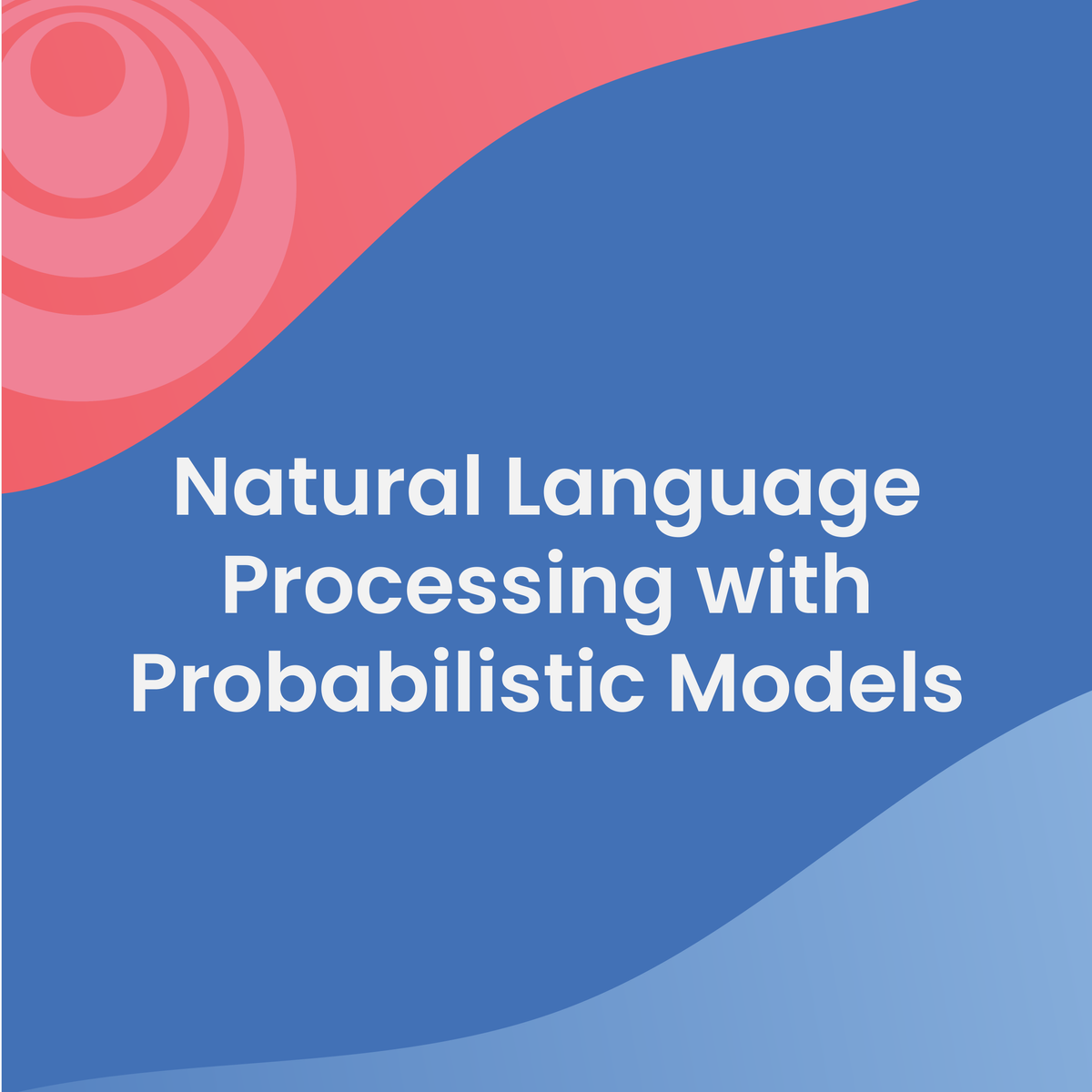
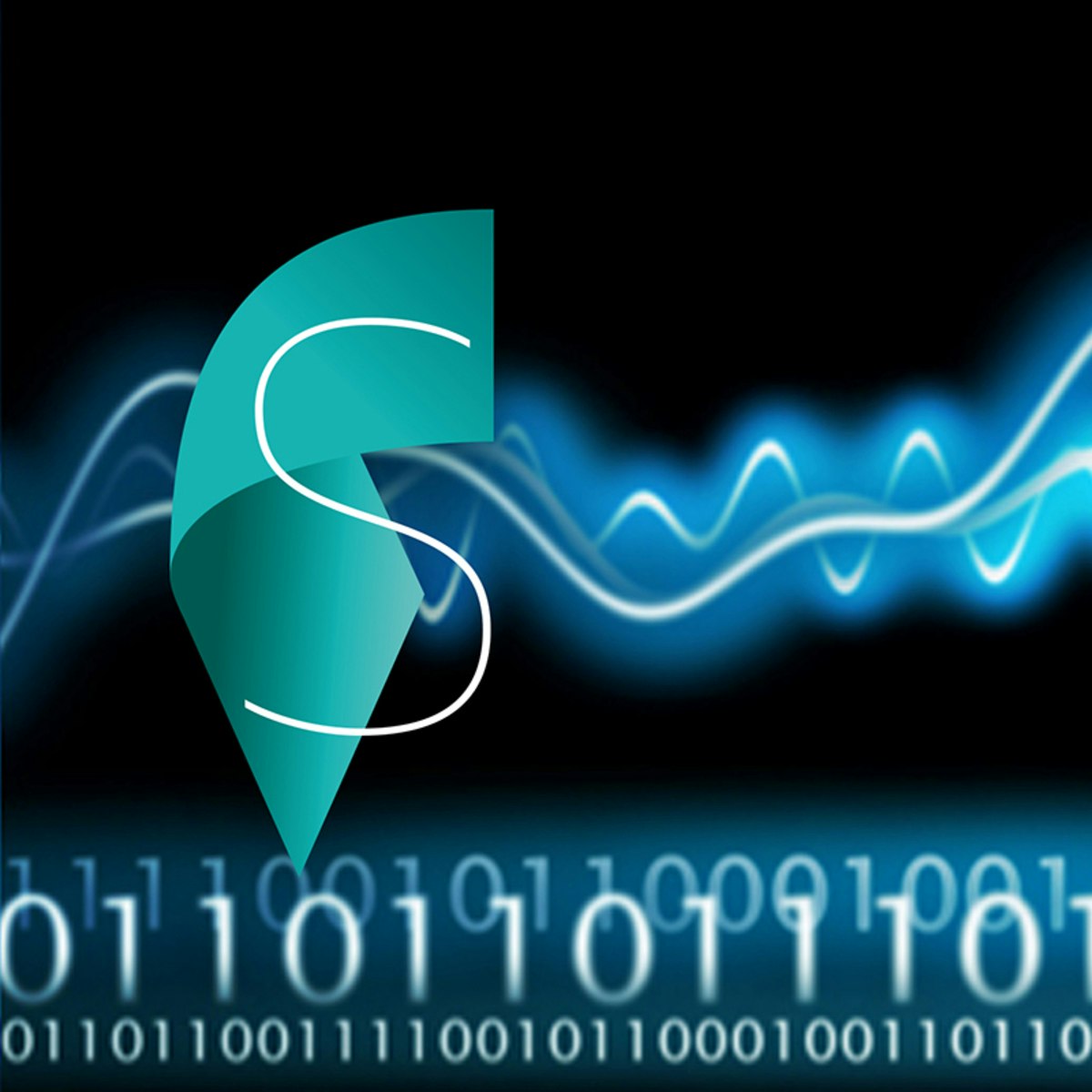
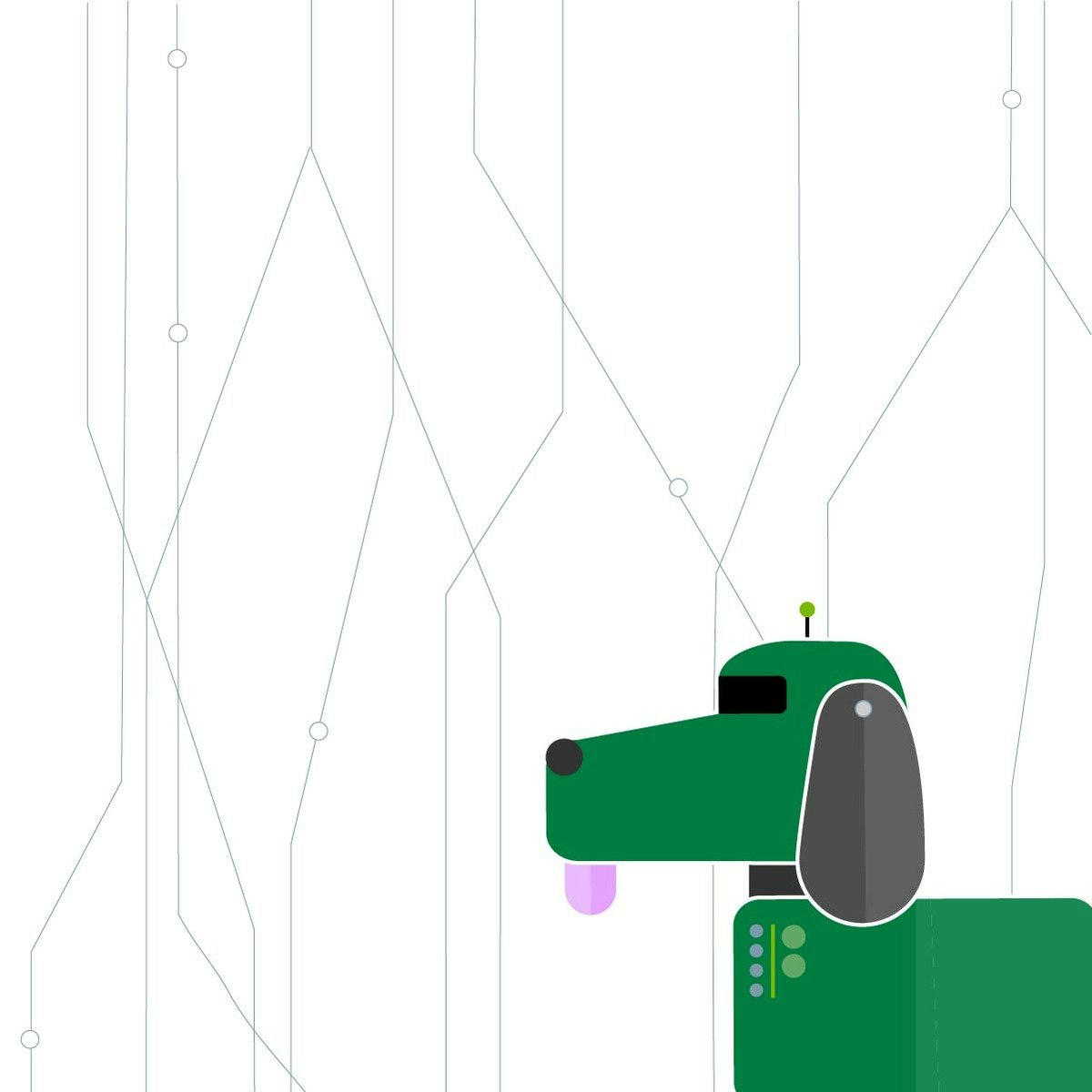
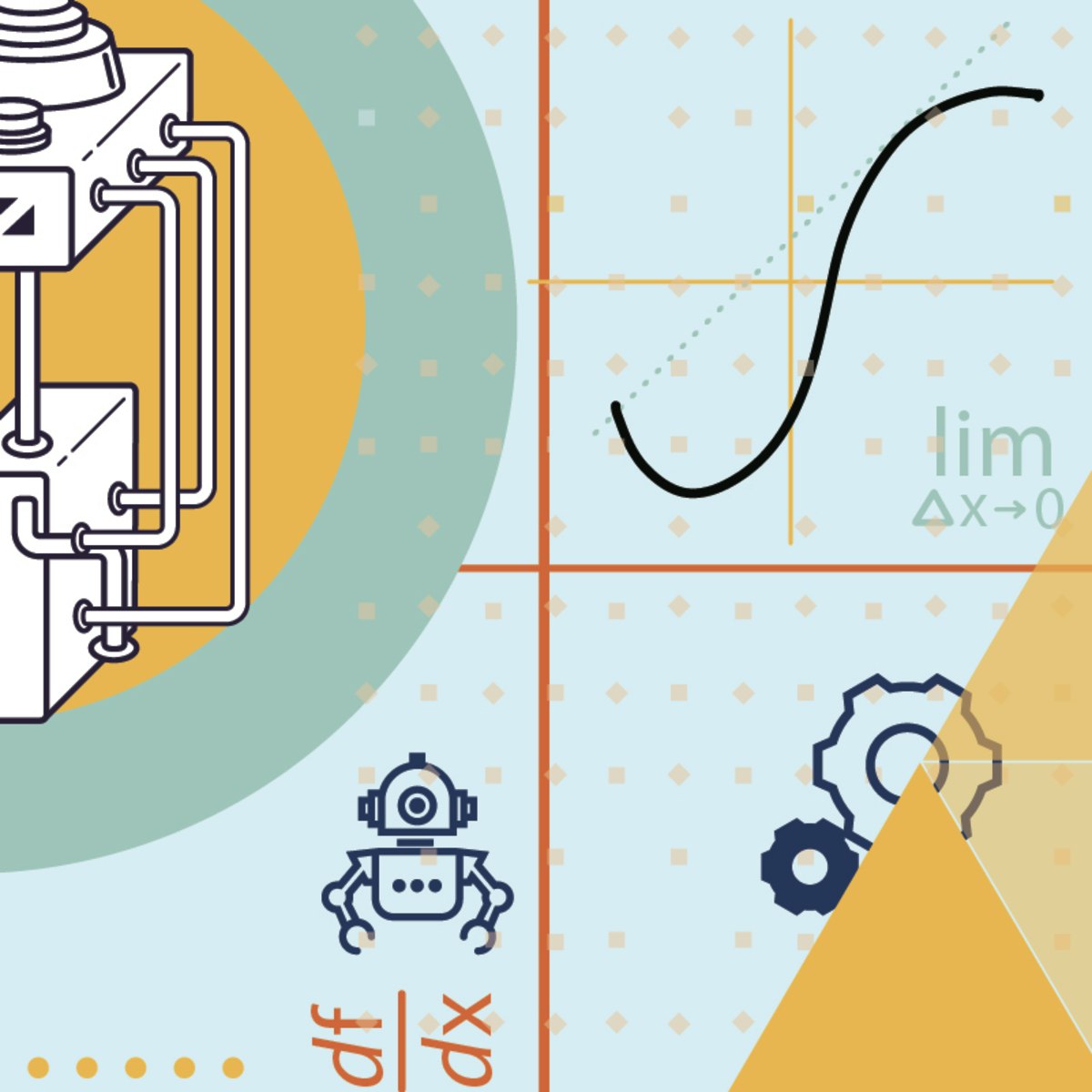


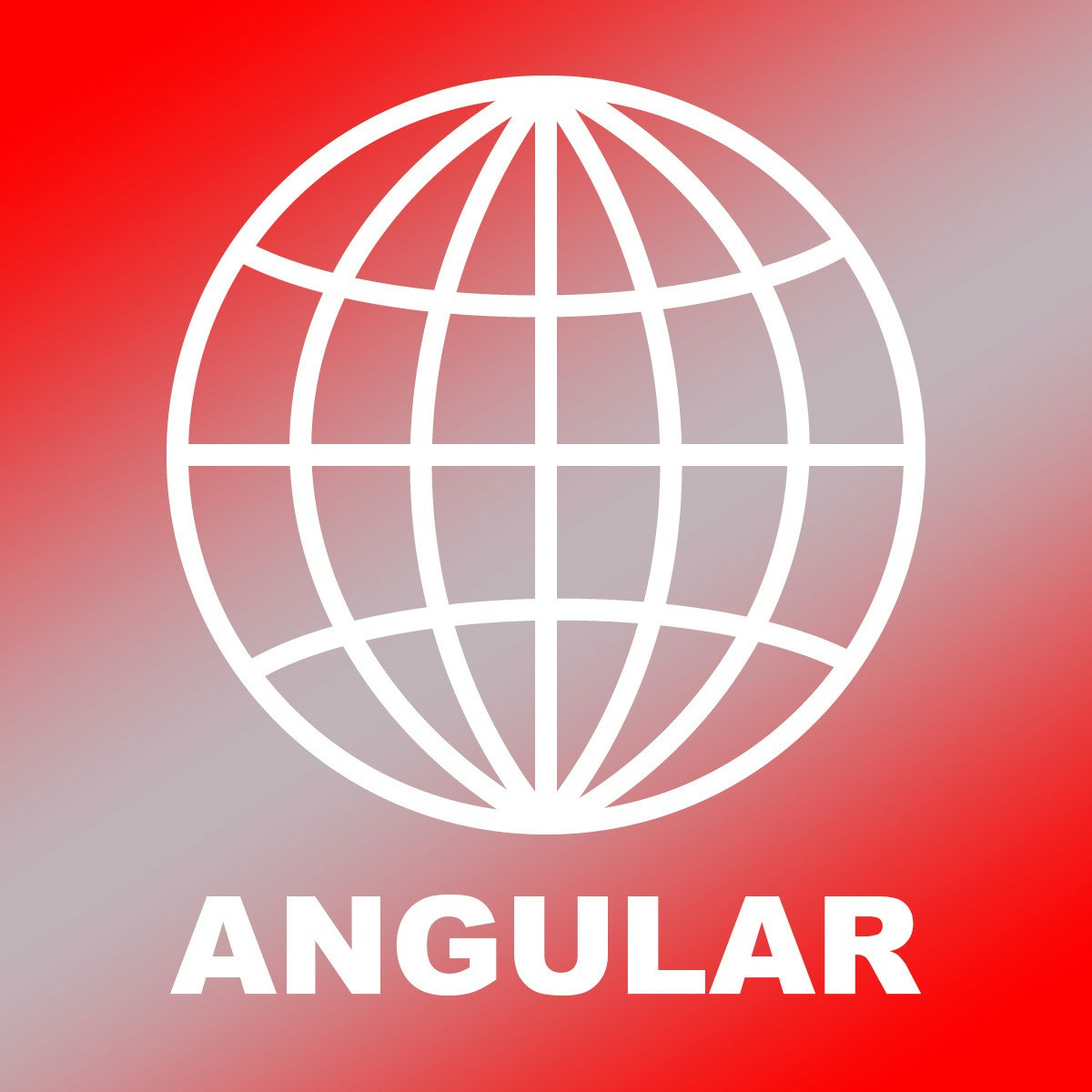


Algorithms Courses - Page 15
Showing results 141-150 of 326

Comparing Genes, Proteins, and Genomes (Bioinformatics III)
Once we have sequenced genomes in the previous course, we would like to compare them to determine how species have evolved and what makes them different.
In the first half of the course, we will compare two short biological sequences, such as genes (i.e., short sequences of DNA) or proteins. We will encounter a powerful algorithmic tool called dynamic programming that will help us determine the number of mutations that have separated the two genes/proteins.
In the second half of the course, we will "zoom out" to compare entire genomes, where we see large scale mutations called genome rearrangements, seismic events that have heaved around large blocks of DNA over millions of years of evolution. Looking at the human and mouse genomes, we will ask ourselves: just as earthquakes are much more likely to occur along fault lines, are there locations in our genome that are "fragile" and more susceptible to be broken as part of genome rearrangements? We will see how combinatorial algorithms will help us answer this question.
Finally, you will learn how to apply popular bioinformatics software tools to solve problems in sequence alignment, including BLAST.

Natural Language Processing with Probabilistic Models
In Course 2 of the Natural Language Processing Specialization, you will:
a) Create a simple auto-correct algorithm using minimum edit distance and dynamic programming,
b) Apply the Viterbi Algorithm for part-of-speech (POS) tagging, which is vital for computational linguistics,
c) Write a better auto-complete algorithm using an N-gram language model, and
d) Write your own Word2Vec model that uses a neural network to compute word embeddings using a continuous bag-of-words model.
By the end of this Specialization, you will have designed NLP applications that perform question-answering and sentiment analysis, created tools to translate languages and summarize text, and even built a chatbot!
This Specialization is designed and taught by two experts in NLP, machine learning, and deep learning. Younes Bensouda Mourri is an Instructor of AI at Stanford University who also helped build the Deep Learning Specialization. Łukasz Kaiser is a Staff Research Scientist at Google Brain and the co-author of Tensorflow, the Tensor2Tensor and Trax libraries, and the Transformer paper.

Digital Signal Processing 3: Analog vs Digital
Digital Signal Processing is the branch of engineering that, in the space of just a few decades, has enabled unprecedented levels of interpersonal communication and of on-demand entertainment. By reworking the principles of electronics, telecommunication and computer science into a unifying paradigm, DSP is a the heart of the digital revolution that brought us CDs, DVDs, MP3 players, mobile phones and countless other devices.
The goal, for students of this course, will be to learn the fundamentals of Digital Signal Processing from the ground up. Starting from the basic definition of a discrete-time signal, we will work our way through Fourier analysis, filter design, sampling, interpolation and quantization to build a DSP toolset complete enough to analyze a practical communication system in detail. Hands-on examples and demonstration will be routinely used to close the gap between theory and practice.
To make the best of this class, it is recommended that you are proficient in basic calculus and linear algebra; several programming examples will be provided in the form of Python notebooks but you can use your favorite programming language to test the algorithms described in the course.

A Complete Reinforcement Learning System (Capstone)
In this final course, you will put together your knowledge from Courses 1, 2 and 3 to implement a complete RL solution to a problem. This capstone will let you see how each component---problem formulation, algorithm selection, parameter selection and representation design---fits together into a complete solution, and how to make appropriate choices when deploying RL in the real world. This project will require you to implement both the environment to stimulate your problem, and a control agent with Neural Network function approximation. In addition, you will conduct a scientific study of your learning system to develop your ability to assess the robustness of RL agents. To use RL in the real world, it is critical to (a) appropriately formalize the problem as an MDP, (b) select appropriate algorithms, (c ) identify what choices in your implementation will have large impacts on performance and (d) validate the expected behaviour of your algorithms. This capstone is valuable for anyone who is planning on using RL to solve real problems.
To be successful in this course, you will need to have completed Courses 1, 2, and 3 of this Specialization or the equivalent.
By the end of this course, you will be able to:
Complete an RL solution to a problem, starting from problem formulation, appropriate algorithm selection and implementation and empirical study into the effectiveness of the solution.

Mathematics for Machine Learning: Multivariate Calculus
This course offers a brief introduction to the multivariate calculus required to build many common machine learning techniques. We start at the very beginning with a refresher on the “rise over run” formulation of a slope, before converting this to the formal definition of the gradient of a function. We then start to build up a set of tools for making calculus easier and faster. Next, we learn how to calculate vectors that point up hill on multidimensional surfaces and even put this into action using an interactive game. We take a look at how we can use calculus to build approximations to functions, as well as helping us to quantify how accurate we should expect those approximations to be. We also spend some time talking about where calculus comes up in the training of neural networks, before finally showing you how it is applied in linear regression models. This course is intended to offer an intuitive understanding of calculus, as well as the language necessary to look concepts up yourselves when you get stuck. Hopefully, without going into too much detail, you’ll still come away with the confidence to dive into some more focused machine learning courses in future.
Text Generation with Markov Chains in Python
In this project-based course, you will learn about Markov chains and use them to build a probabilistic model of an entire book’s text. This will be done from first principles, without libraries.
Markov chains are a simple but fundamental approach to modeling stochastic processes, with many practical applications. By the end of this project, you will have generated a random new text based on the book you modeled, using code you wrote in Python.

Approximation Algorithms Part I
Approximation algorithms, Part I
How efficiently can you pack objects into a minimum number of boxes? How well can you cluster nodes so as to cheaply separate a network into components around a few centers? These are examples of NP-hard combinatorial optimization problems. It is most likely impossible to solve such problems efficiently, so our aim is to give an approximate solution that can be computed in polynomial time and that at the same time has provable guarantees on its cost relative to the optimum.
This course assumes knowledge of a standard undergraduate Algorithms course, and particularly emphasizes algorithms that can be designed using linear programming, a favorite and amazingly successful technique in this area. By taking this course, you will be exposed to a range of problems at the foundations of theoretical computer science, and to powerful design and analysis techniques. Upon completion, you will be able to recognize, when faced with a new combinatorial optimization problem, whether it is close to one of a few known basic problems, and will be able to design linear programming relaxations and use randomized rounding to attempt to solve your own problem. The course content and in particular the homework is of a theoretical nature without any programming assignments.
This is the first of a two-part course on Approximation Algorithms.

Build a World Encyclopedia with AngularJS
In this 1.5 hours guided project, you will build a world encyclopedia app from scratch using AngularJS, HTML and JavaScript. You will learn how to take advantage of existing API via HTTP and also learn about more advanced Angular features such as services and routing. (To fit the project within the time limit, some code for areas that are not our focus will be provided).
Prerequisites: Basic Angular, HTML, JavaScript, and CSS. Taking my class Make a Bill Splitter app with AngularJS is highly recommended if you want to get a foundation of fundamental AngularJS.

Image Segmentation with Python and Unsupervised Learning
In this one hour long project-based course, you will tackle a real-world problem in computer vision called segmentation. Segmentation means taking an image and partitioning it into different regions that capture the different elements of interest in the scene.
We will tackle this problem using an unsupervised learning technique called K-means.
By the end of this project, you will have segmented an image with unsupervised learning, using code you will write in Python.

Using Tensorflow for Image Style Transfer
Have you ever wished you could paint like Van Gogh, Monet or even Picasso? Better yet, have you wished for an easy way to convert your own images into new ones incorporating the style of these famous artists? With Neural Style Transfer, Convolutional Neural Networks (CNNs) distill the essence of the style of any famous artist it is fed, and are able to transfer that style to any other image. In this project-based course, you will learn how to utilize Python and Tensorflow to build a Neural Style Transfer (NST) model using a VGG19 CNN.
Note: This course works best for learners who are based in the North America region. We’re currently working on providing the same experience in other regions.
Popular Internships and Jobs by Categories
Browse
© 2024 BoostGrad | All rights reserved


